A dairy farmer’s dream. A giant udder with 13 teats instead of four. Just imagine the yield.
Julia Bornefeld’s huge hanging sculpture is the first work to greet visitors at the Wellcome Collection’s current exhibition Milk (until 10 September), which explores our relationship – personal and societal – with the white stuff.
There are several artworks on display. Artist Jess Dobkin – best known for a performance piece in which audiences were invited to taste samples of pasteurised human breast milk – is behind a psychedelic and saucy installation which explores the fetish for human milk. Visitors navigate chaotic set pieces – one offering breast milk cocktails and a bag stuffed with baby bottles labelled MILF – as the sound of huffing bodybuilders is piped in.
Another work – Milk by Lucy and Jorge Orta – shows the multitude of milk containers used around the world.
But the bulk of the show is more than 100 objects: from 18th-century cow-shaped cream jugs, to lactometers and cattle ear tags, to a 1930s measuring spoon for Glaxo powdered infant formula, as well as countless marketing and public information posters.
It’s through these objects that we learn how milk hasn’t, actually, been drunk forever; how the British state used nutritional science to promote its export across the empire; the oftentimes dark rise of baby formula; how breastfeeding advice has too often been white, middle-class mother-centric; and much more.
Considering how dull this exhibition could have been, it was really rather good.



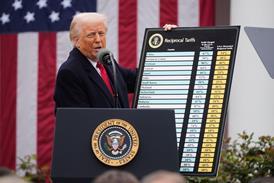



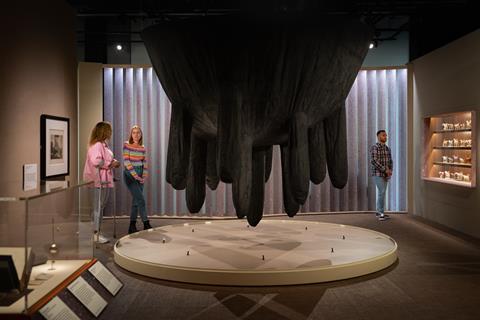
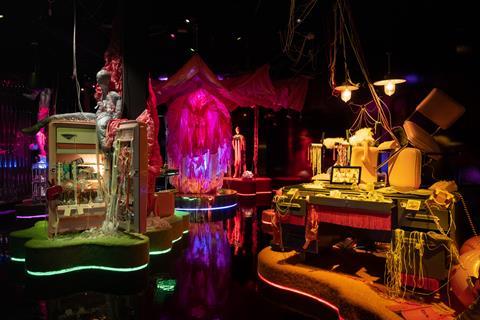
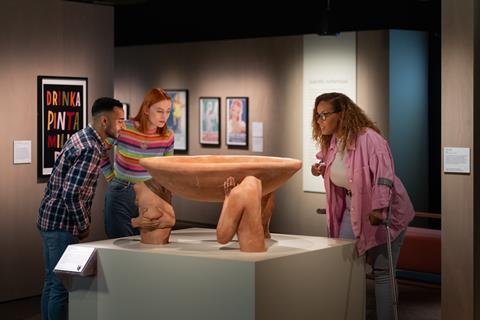
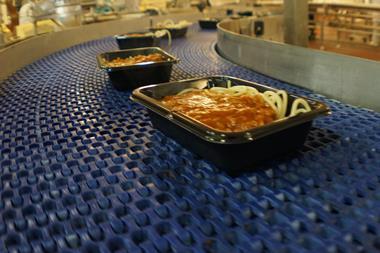
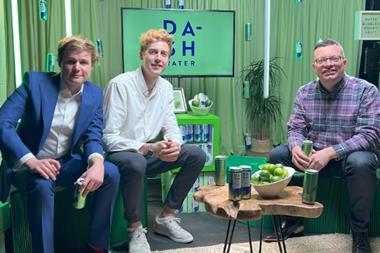

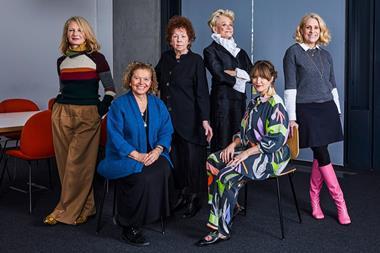


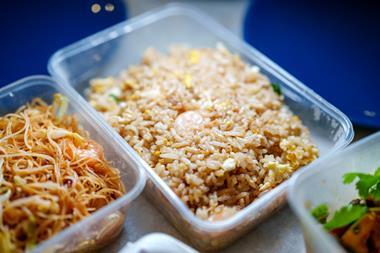
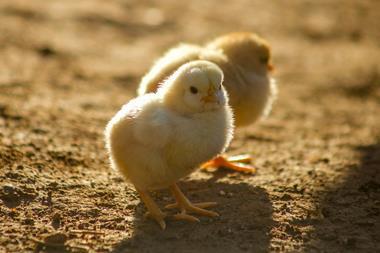
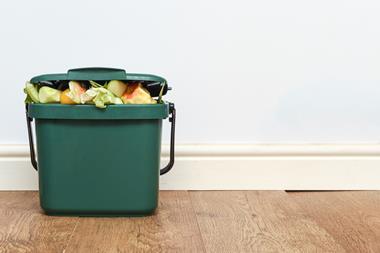
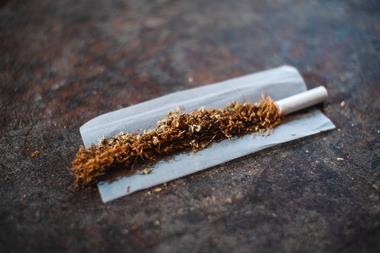
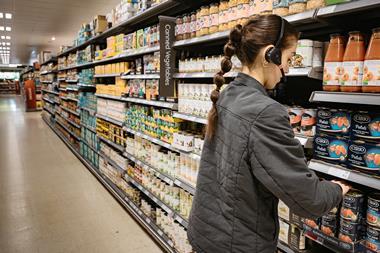
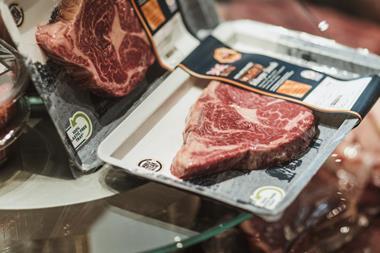
No comments yet